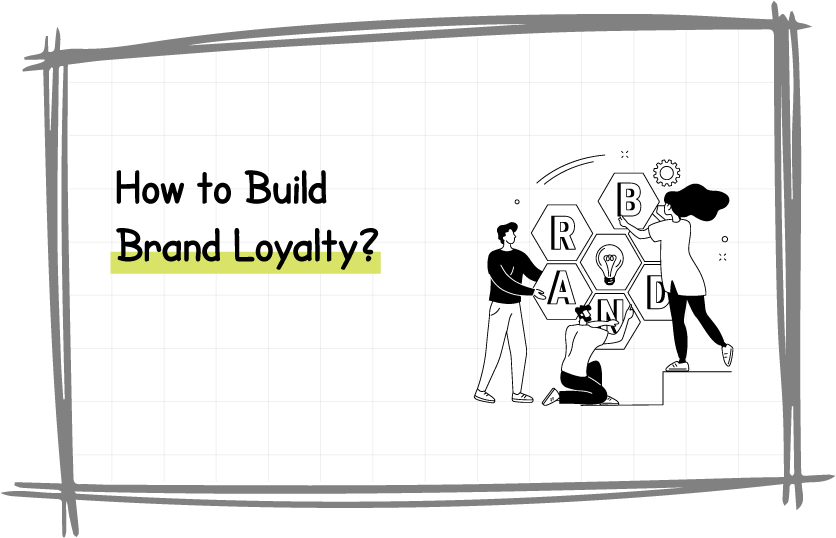Table of Content
- What is Brand Loyalty?
- Levels of Brand Loyalty
- Why Creating Brand Loyalty Matters?
- Types of Brand Loyalty
- How to Build Brand Loyalty?
- What is Customer Loyalty?
- Brand Loyalty VS Customer Loyalty
- Examples of Brand Loyalty
- Conclusion
- FAQs on Brand Loyalty
In today’s fast-paced business world, staying flexible and innovative is the key to winning. With customers expecting more and competition heating up, businesses need strategies that not only deliver quick results but also build long-term trust and loyalty.
Did you know that 76% of customers are more likely to buy from a brand they feel connected to over a competitor?The power of loyal branding is undeniable; it drives trust, advocacy, and long-term success.
But the question is: how do you cultivate this loyalty?
This guide will explore everything you need to know about building brand loyalty, from proven strategies to actionable steps. Discover how a full-service branding agency can empower your brand to turn customers into lifelong advocates.
What is Brand Loyalty?
Brand loyalty is a consumer's unwavering preference for a brand, driven by satisfaction, value, or emotional connection. It reflects repeated purchases, positive recommendations, and resistance to competitors.
Built on product quality, exceptional service, and consistent value, brand loyalty thrives through personalized experiences, rewards programs, and meaningful engagement.
Levels of Brand Loyalty
Brand loyalty can be understood on different levels, each reflecting varying customer commitment and attachment to a brand.
Levels of brand loyalty:
Brand Awareness
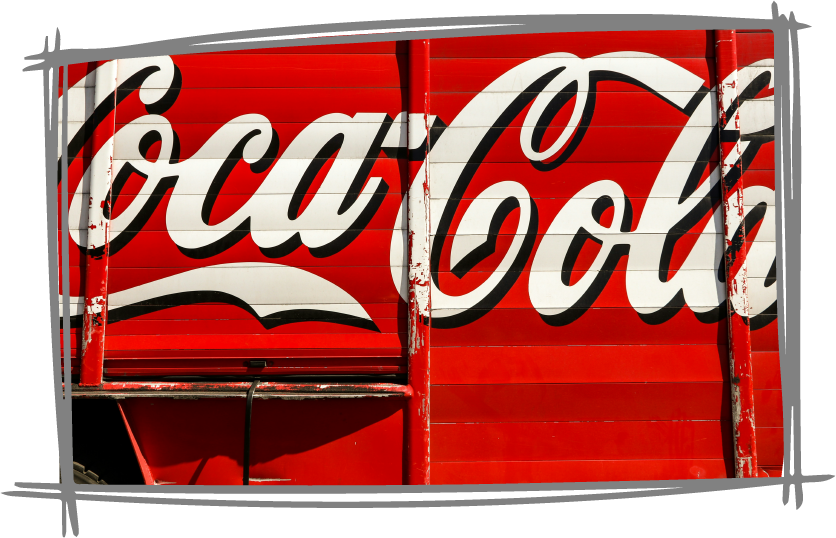
In this first level, customers recognize the brand, but there's no strong attachment or preference yet. They know the brand's existence, but their purchasing decisions are driven by other factors such as convenience or price.
Brand Preference

At this stage, customers develop a preference for the brand over others. While they may still be open to alternatives, they generally opt for this brand when available due to perceived benefits like quality, value, or reliability.
Brand Insistence

Customers at this level actively seek out the brand and refuse to accept alternatives. They are highly loyal and will go out of their way to buy the brand's products or services, even if higher prices or less convenient options are available.
Why Creating Brand Loyalty Matters?
Enhanced Customer Lifetime Value
Loyal customers often make repeated purchases, substantially increasing Customer Lifetime Value (CLV). This enhanced profitability per customer plays a critical role in strengthening a company's long-term financial stability and growth.
Increased Customer Retention
Brand loyalty serves as the cornerstone of customer retention. Devoted customers remain steadfast, resisting the allure of competitive marketing strategies or price slashes. This unwavering support ensures a consistent revenue stream, fostering stability and long-term growth for the business.
Lowered Marketing Expenses
Attracting new customers comes with a higher cost compared to nurturing existing ones. Cultivating brand loyalty minimizes the reliance on costly marketing campaigns, as devoted customers consistently engage with the brand, requiring little to no advertising incentives.
Word-of-Mouth Marketing
Loyal customers frequently evolve into powerful brand advocates, championing the brand within their circles of friends, family, and social networks. This organic word-of-mouth marketing is highly effective and inherently credible, offering unparalleled influence at no cost to the business.
Competitive Edge
In fiercely competitive markets, brand loyalty serves as a powerful differentiator. Businesses with a dedicated customer base can secure a dominant market position, effectively navigating and thriving amidst competitors' challenges.
Strengthens Brand Equity
Brand loyalty plays a vital role in elevating and solidifying brand equity. A committed customer base amplifies the brand's overall value, making it highly appealing to prospective investors and strategic partners.
Types of Brand Loyalty
When choosing a brand, customers are typically influenced by their emotions, logic, or habits.
Heart-Loyal Customers
Heart-loyal customers are drawn to intangible benefits, such as a brand's positive impact on the local community or environment.
Example: Tata Group
Tata Group is the OG of heart loyalty in India. People don't just buy their products; they buy into their values. With initiatives that uplift communities and prioritize sustainability, Tata has built an emotional connection that money can't buy. It's not just a brand—it's a movement people love to back.
Head-Loyal Customers
Head-loyal customers base their decisions on rational analysis, appreciating the logical advantages of a particular brand or product.
Example: Samsung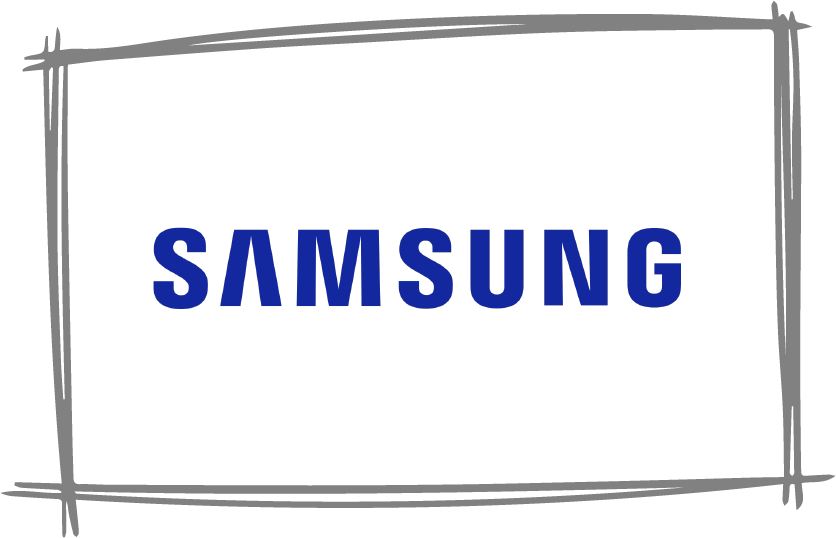
Samsung wins over the head-loyal crowd. Why? Because it's all about value. From feature-packed smartphones to reliable home appliances, Samsung delivers top-notch tech without draining your wallet. It's a no-brainer for logical shoppers - premium products, fair prices, and solid customer support.
Hand-Loyal Customers
Lastly, the hand-loyal customers purchase out of routine, often disregarding external factors like price, making it exceptionally challenging to sway them.
Example: Amul
Amul is the king of routine. Millions of Indians pick up Amul products without thinking twice - it's just what they've always done. The quality is reliable, the price hits the sweet spot, and it's everywhere. When you're this ingrained in people's daily habits, switching? It's not going to happen.
How to Build Brand Loyalty?
Cultivating brand loyalty is essential for any business aiming to achieve lasting success. Loyal customers drive repeat business, amplify positive word-of-mouth, and strengthen your market position.
Exceed Expectations
At the heart of brand loyalty is consistently delivering exceptional products or services. Ensure that your offerings not only meet but consistently exceed customer expectations. Superior quality is often the driving force behind long-lasting customer loyalty, making it a critical factor in building lasting relationships with your audience.
Maintain Open Communications
Building brand loyalty starts with transparent and consistent communication. Engage with your customers regularly through various channels, listen to their feedback, and respond promptly to their concerns. By fostering an open dialogue, you demonstrate that you value their input, strengthening their trust and commitment to your brand.
Build Community
Building a community around your brand fosters deep loyalty by creating a sense of belonging. Engage your customers through interactive platforms, exclusive events, or online forums where they can connect, share experiences, and engage with your brand. By nurturing these relationships, you transform customers into passionate advocates, strengthening your brand's presence and trust in the market.
Personalize Interactions
Personalizing interactions is a powerful way to increase brand loyalty. You create a deeper connection with your customers by tailoring your communication and offerings to individual preferences. Personalization shows that you truly understand their needs, making them feel valued and appreciated. Whether through customized recommendations, personalized emails, or exclusive offers, personalized experiences build trust and encourage long-term loyalty.
Incorporate Loyalty Programs
Incorporating loyalty programs is a powerful way to foster brand loyalty. For example, well-known brand names like Starbucks and Amazon have successfully utilized loyalty programs to encourage repeat business and strengthen customer relationships by offering exclusive rewards, discounts, or personalized incentives. A well-crafted loyalty program, like those offered by these brands, enhances customer satisfaction and long-term retention, turning first-time buyers into dedicated brand advocates.
Maintain Brand Consistency
Consistency is the cornerstone of brand loyalty. By ensuring uniformity in your messaging, visuals, and customer experience across all touchpoints, you build trust and recognition. When it comes to how to choose a brand name, consistency should also play a key role. A brand name that aligns with your brand values and is easy to remember contributes to a cohesive identity. A consistent brand presence fosters a sense of reliability, making customers more likely to return and advocate for your brand.
What is Customer Loyalty?
Customer loyalty is customers' deep, lasting connection with a brand, where they consistently choose it over competitors. Driven by positive experiences, trust, and satisfaction, loyal customers make repeat purchases and become brand advocates, contributing to long-term business success and growth.
Brand Loyalty VS Customer Loyalty
| Aspect | Brand Loyalty | Customer Loyalty |
|---|---|---|
| Definition | Brand loyalty is the customers’ strong, lasting preference for a particular brand, leading them to make repeat purchases and consistently choose it over competitors. It is built on trust, satisfaction, and positive experiences with the brand. | Customer loyalty is a customer's commitment to a brand, leading to repeat purchases and positive advocacy, often driven by satisfaction, trust, and positive experiences. |
| Focus | Brand loyalty is mainly focused on the brand itself. | However, Developing customer loyalty goes beyond the brand to include the entire business-customer relationship. |
| Expression | Brand loyalty can manifest as behavioural, attitudinal, or emotional loyalty to the brand. | Customer loyalty includes repeat business, positive sentiments toward the company, and a commitment to maintaining the relationship. |
| Scope | Brand loyalty includes repeat business, positive sentiments toward the company, and a commitment to maintaining the relationship. | Customer loyalty involves the customer's overall interaction with the entire business. |
| Measure | The frequency of brand-specific purchases and customer preferences can assess brand loyalty. | Customer loyalty is measured by overall customer satisfaction, the likelihood of recommending the brand, and the willingness to keep supporting the business. |
Examples of Brand Loyalty
Apple
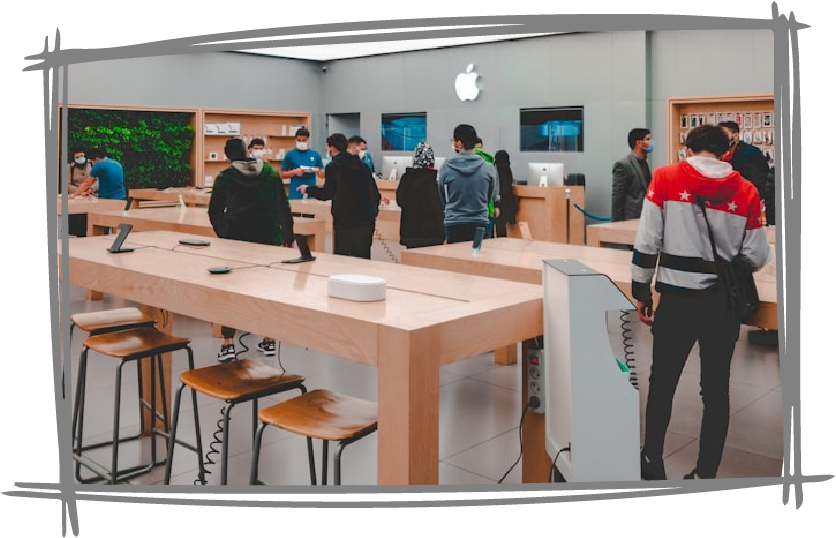 Loyal Customer Base
Loyal Customer Base
With over 2.2 billion active users worldwide, Apple has built a highly dedicated customer base. These customers eagerly anticipate new product releases and consistently choose Apple over competitors, even when the products are priced higher.
Ecosystem Lock-InApple’s brand loyalty is further reinforced by its interconnected ecosystem. Devices like iPhones, iPads, and MacBooks, alongside services such as the App Store and iCloud, work seamlessly together, making it more convenient for customers to remain within the Apple ecosystem.
Brand IdentityApple is often synonymous with innovation, quality, and a distinctive lifestyle appeal. This strong brand identity resonates deeply with its customers, fostering a sense of community and belonging among its users. Understanding how to create a strong brand identity, like Apple, involves focusing on core values, consistent messaging, and delivering exceptional user experiences. By doing so, a brand can cultivate loyalty and establish itself as more than just a product but a part of its customers' lives.
Nike
 Brand Image and Innovation
Brand Image and Innovation
Nike has built a strong brand image linked to athleticism, performance, and innovation, reinforced by innovative products and endorsements from top athletes. In 2023, Nike dominated the global sportswear industry with a market share of 38.68%. (Source:Investing)
Emotional ConnectionNike's marketing transcends mere product promotion; it seeks to inspire and forge deep emotional connections with its audience. This strategy fosters a profound sense of brand loyalty as customers resonate with Nike's empowering messages and values.
Quality and VarietyNike's consistent quality of products, coupled with a diverse array of styles and innovations, caters to a wide customer base. This commitment to excellence ensures that once customers experience Nike's offerings, they are inclined to remain loyal.
Starbucks
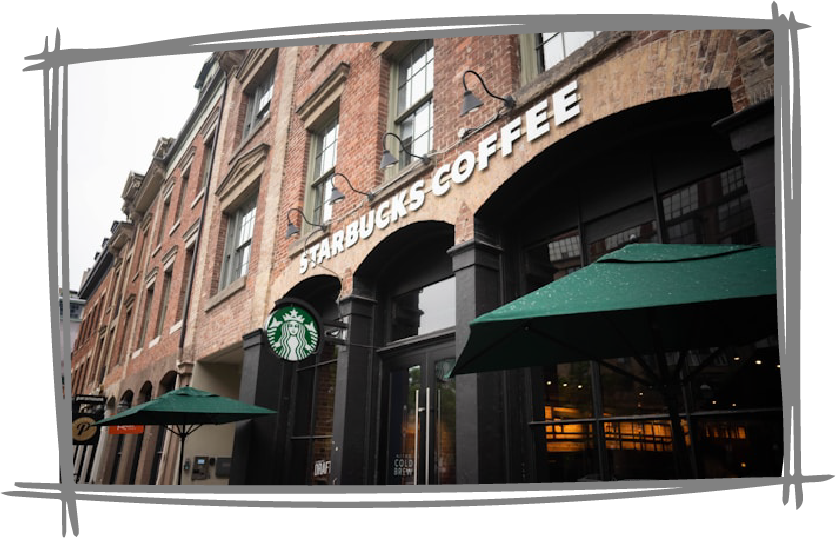 Personalized Experiences
Personalized Experiences
Starbucks fosters brand loyalty by delivering personalized experiences. Their mobile app, rewards program, and focus on exceptional customer service make every customer feel valued and appreciated.
Reliable QualityStarbucks ensures consistent quality across its global locations, providing a dependable and enjoyable experience that keeps customers returning.
A Sense of CommunityStarbucks creates a welcoming "third place" between home and work, offering a comfortable space for relaxation. This sense of community and inviting ambience significantly contributes to customer loyalty.
Conclusion
Brand loyalty isn’t just about repeat purchases. It’s built on trust, emotional connections, and consistent quality. Consumers stick with brands like Apple, Starbucks, and Nike because they feel valued. Loyal customers drive retention, boost lifetime value, and reduce marketing costs. But maintaining loyalty requires authenticity, consistency, and social responsibility, especially in a competitive market. In the end, brand loyalty is an invaluable asset that sets you apart.
At Brand Board Media, we’ve helped over 150+ brands in Ahmedabad thrive with our creative branding services. Our strategies have boosted customer retention by 35%, turning first-time buyers into loyal advocates.Contact us, drop us an email at info@brandboardmedia.com or call us on +91 78740 72801
FAQs
Customers become loyal to a brand due to consistent quality, positive experiences, emotional connections, trust, and perceived value.
Brand loyalty is created through emotional connections, consistent product quality, positive customer experiences, trust, and perceived value. When customers feel valued and see personal relevance in a brand, they are likely to remain loyal, even in the face of competition.
Companies build brand loyalty by consistently delivering quality products or services, creating emotional connections through personalized experiences, and fostering trust. Companies can cultivate lasting loyalty by aligning with customers' values and exceeding expectations.
Brand loyalty can be measured through repeat purchase behaviour, customer retention rates, Net Promoter Score (NPS), and customer satisfaction surveys.


